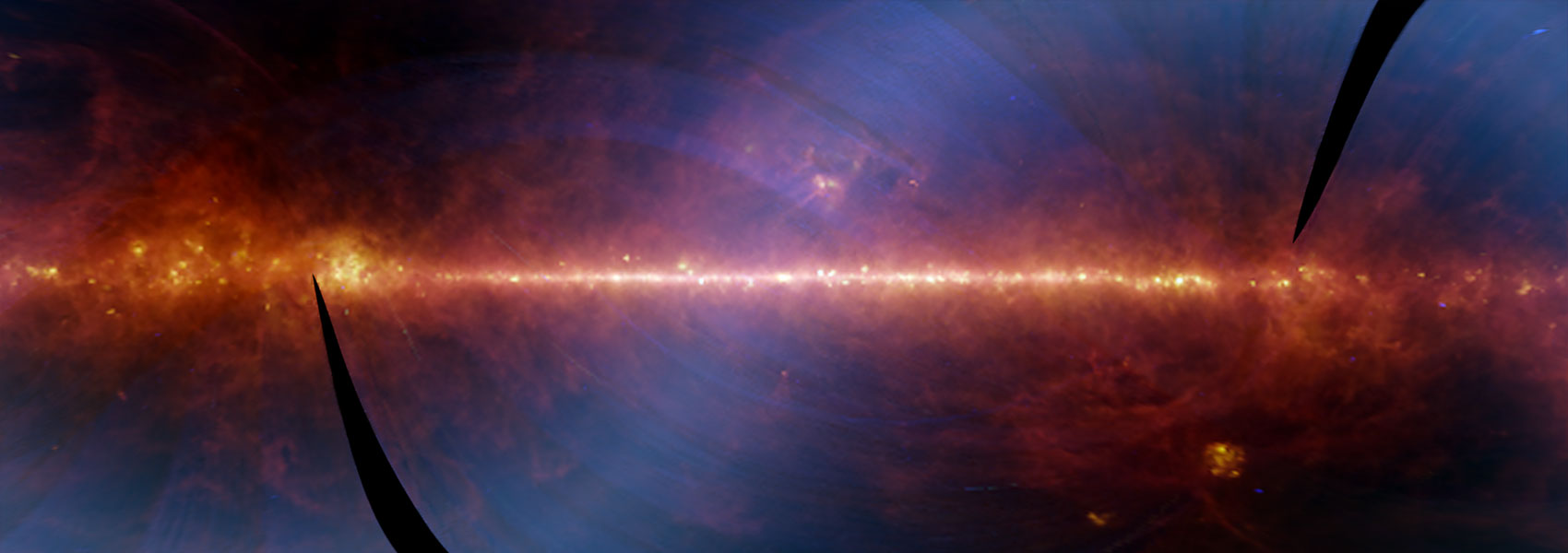February
2006
•
2006ApJ...637.1067B
Authors
•
Burgasser, Adam J.
•
Geballe, T. R.
•
Leggett, S. K.
•
Kirkpatrick, J. Davy
•
Golimowski, David A.
Abstract
•
A revised near-infrared classification scheme for T dwarfs is presented, based on and superseding prior schemes developed by Burgasser and coworkers and Geballe and coworkers, and defined following the precepts of the MK process. Drawing from two large spectroscopic libraries of T dwarfs identified largely in the Sloan Digital Sky Survey and the Two Micron All Sky Survey, nine primary spectral standards and five alternate standards spanning spectral types T0-T8 are identified that match criteria of spectral character, brightness, absence of a resolved companion, and accessibility from both the Northern and Southern Hemispheres. The classification of T dwarfs is formally made by the direct comparison of near-infrared spectral data of equivalent resolution to the spectra of these standards. Alternately, we have redefined five key spectral indices measuring the strengths of the major H2O and CH4 bands in the 1-2.5 μm region that may be used as a proxy to direct spectral comparison. Two methods of determining T spectral type using these indices are outlined and yield equivalent results. These classifications are also equivalent to those from prior schemes, implying that no revision of existing spectral type trends is required. The one-dimensional scheme presented here provides a first step toward the observational characterization of the lowest luminosity brown dwarfs currently known. Future extensions to incorporate spectral variations arising from differences in photospheric dust content, gravity, and metallicity are briefly discussed. A compendium of all currently known T dwarfs with updated classifications is presented.
Links


.png?1523393848)

